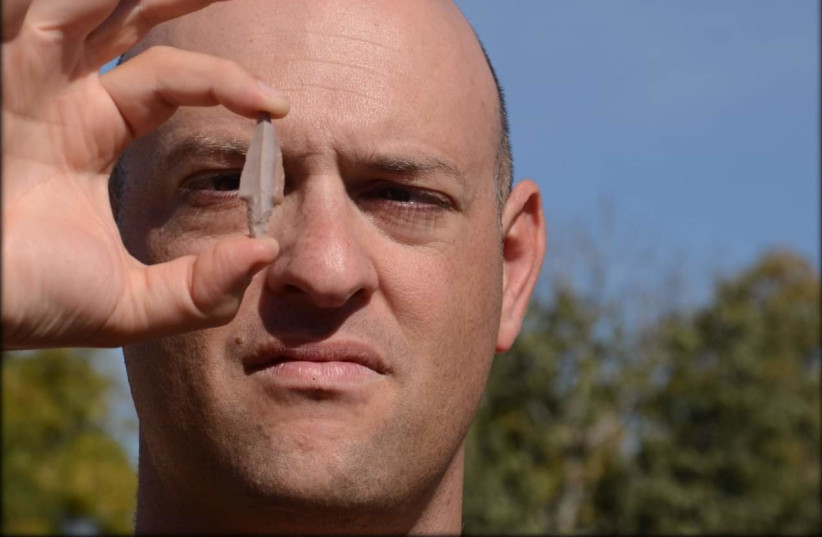Israeli archaeologists have uncovered evidence of one of the earliest known agricultural settlements, providing invaluable insight into the dawn of human agriculture.
The findings, located in the Eshtaol settlement near Beit Shemesh, which is surrounded by contemporary agricultural fields, offer a glimpse into a transformative era when humans shifted from a nomadic lifestyle to a settled one – in farming communities.
This revelation came from a series of excavations conducted approximately a decade ago that have since painted a vivid picture of life during both the First Agricultural Revolution, and the tail end of the Stone Age. These periods mark a critical transition in human history. Instead of being hunter-gatherers, individuals began the process of domesticating plants and animals.
The excavation was spearheaded by a team of experts from the Israel Antiquities Authority, including Dr. Kobi Vardi, Dr. Amir Golani, and Benjamin Storchan. They have confirmed that the site was an active agricultural settlement as far back as 10,000 years ago, placing it squarely in the pre-Pottery Neolithic period.
The significance of the discovery
“This discovery signifies a monumental turning point in human history,” the team stated, emphasizing the significance of the findings.
Among the artifacts uncovered were sickle blades, arrowheads, flint axes, and even the remnants of ancient buildings, all of which contribute to our understanding of early human agricultural practices.

Eshtaol’s ancient community didn’t end there; it thrived for another 4,000 years, reaching its zenith in the Early Bronze Age, roughly 5,000 years ago.
It was during this time that a well-organized settlement emerged, as evidenced by the large quantities of pottery, stone tools, and grinding stones discovered. These tools, crucial for food processing and flour production, underscore the advanced nature of early agricultural techniques.
The choice of location for this settlement, near a spring and ancient riverbeds, was no coincidence. It provided an attractive and fertile ground for agriculture, ensuring the prosperity of farming activities for generations. This strategic placement highlights the ingenuity of our ancestors in selecting optimal sites for agriculture, contributing to the flourishing of civilizations.
